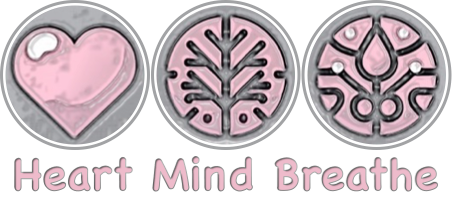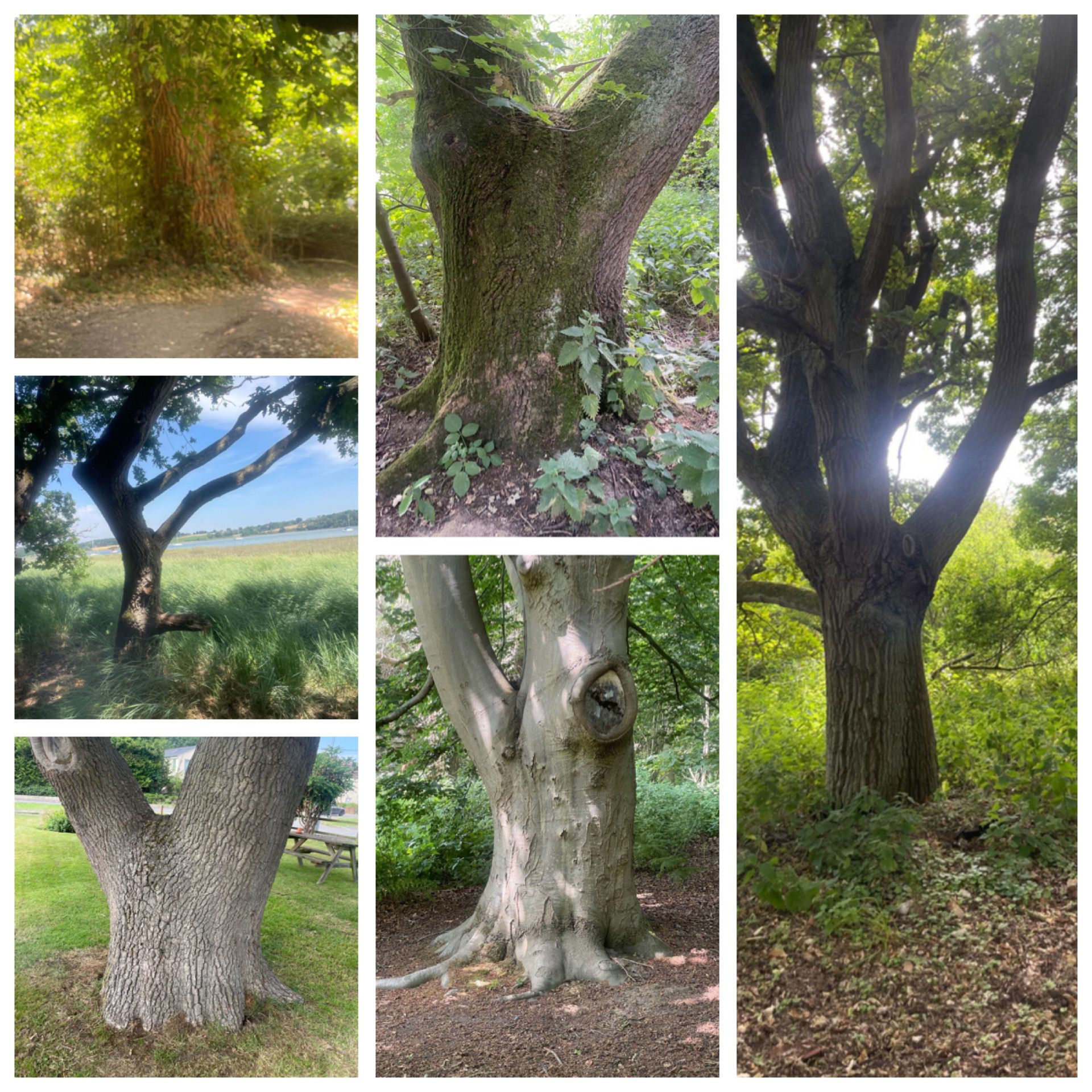🌿 The Nourishment We Carry
Trees feed themselves through an intricate root system that pulls water and nutrients from the soil. This process is quiet and constant. Hidden underground, the roots are doing the work of drawing in minerals that sustain every branch, leaf, and bud. The tree doesn’t rush; it trusts the slow, steady flow of nourishment rising from below.
We do something similar. The nutrients we take in -from food, air, and sunlight -move through our bloodstream and into our cells, keeping our bodies strong and balanced. What trees absorb through roots, we absorb through veins. Our systems are internal, but they echo the same principle: life depends on circulation.
But nourishment isn’t just physical. Trees respond to light, air, and the changing seasons. They bend with the wind, rest in winter, bloom when conditions are right. We, too, are shaped by what we take in emotionally and relationally, what we listen to, who we connect with, how we rest. Tension can be softened with a kind word. Walking outdoors can calm the nervous system. A moment of stillness can restore balance.
It’s all part of our internal and external ecosytem. Like trees, we need to be fed consistently to grow well, not just what we consume but how it circulates through us, keeping everything in rhythm. Growth is as much integration and flow, as it is about intake, and the importance of these quiet systems that sustain us.
🪵 The Stillness that Holds Us
Once whilst on a silent five day retreat was the instruction to go and stand opposite a tree, to feel commonality with it.
An easy place to start in exploring this is the grounded rootedness at the base of the tree trunk, its roots reaching deep into the ground. It can be so helpful to feel that we, too, are rooted within solid ground.
To stand before a tree is to be reminded that stability exists.
There are many moments during the day, be they fleeting or enduring, when the whirlwind of thought lifts us from ourselves. We can be swept up in mental activity for indefinite lengths of time, unaware even, that we have come away from a sense of ground. Blown around like the weather and lacking a sense of stable ground beneath us.
Trees offer the antidote. We could think of it as replugging the circuit: it’s as if without this electrical charge plugged into the ground we are susceptible to every wind that blows, every emotion, thought or mindstate. Grounding ourselves is like a re-entry into a slower current, an earth-borne vibration that steadies the nervous system.
Trees can remind us that with a sense of our charge plugged into the earth, we don’t have to be tossed by every wind. We are wired, quite literally, to connect to the earth’s charge, to feel supported, held, regulated.
This has always something of a fascinating area to me, ever since learning about the contemplations of the body in terms of earth, air, water and fire. I could sense the vast potential of the earth element within trauma healing. As if in confirmation of this, I learnt soon after that these modalities make much of grounding and stabilisation at their core.
🌀 The Shape of Becoming
We often talk about healing as something to achieve, almost as if new levels of growth are untouched by what came before. But isn’t it more the case that real growth is from accumulation of, rather than overwriting experience? Trees remind us of this so beautifully.
When we look closely we can see where the bark thickened during a hard season, where water was scarce, where lightning kissed the trunk. Rather than scars these are integrity made visible. To honour experiences like these is to reject the pressure to be endlessly smooth or untouched. In a similar way I say that I grew through the fire, not over it. My depth isn’t formed from leaving stuff behind but from integrating it.
The trees’ rings hold memory in form. Each ring corresponds to a year in the tree’s life. And in the same way, each year of our life leaves a trace, visible or felt so that our inner architecture is built incrementally, from the inside out. Bodies and minds archive stories: grief that stretched us wider, joy that softened something brittle, stillness that taught us to listen to our heart. These rings are not always symmetrical, and nor should they be. They reflect how we’ve metabolised experience rather than just survived them. They hold the shape of us, year by year, without needing explanation.


